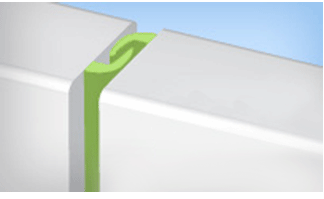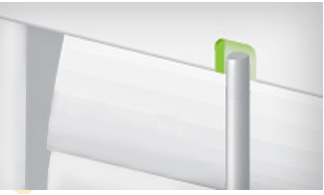How Window Shutters Allow You to Control Room Temperature
When closed, shutters become the next best barrier against wind and variable temperatures – after your windows. Window treatments such as shades, blinds, and draperies block most of the external temperature, not all. And, where your window treatment’s quality means the difference between a cozy spot by the window and one that’s not, Polywood® shutters are the preferred choice.
We build Polywood shutters from a synthetic polymer that insulates up to 70% better than a comparable traditional wood shutter. In fact, the Polywood Shutter Insulating System blocks as much as 30 degrees of airflow and diminishes heat transfer by 45.96%. This means energy savings for your home – and complete control over room temperature.
Your home’s heating and cooling system won’t have to work so hard now that you have insulated against the impact from the outside weather. If you want to let in some of the effects of the external elements, just slant the louvers and adjust them to a preferred position. Get more window treatment temperature control. Simply follow the instructions below to close your shutters completely.
How to Close Your Shutters for Complete Temperature Control
There are two parts of your shutters that need to be closed to seal off outdoor temperature: the panels and the louvers.
To properly close your Polywood shutter panels, swing them toward the window. As you push the panels into the shutter frame, ensure that the pieces of weatherstripping interlock along the vertical ends of your shutters.

To properly close your louvers, push the tilt rod toward the louvers and check that the top of the tilt rod will fit into the "mouse hole," which is above the top louver. Do this by running your hand up the tilt rod, pushing in as you go. This is particularly true for taller shutters. Sometimes a soft push at the bottom of the tilt rod isn't enough and doesn’t close gaps at the top.

